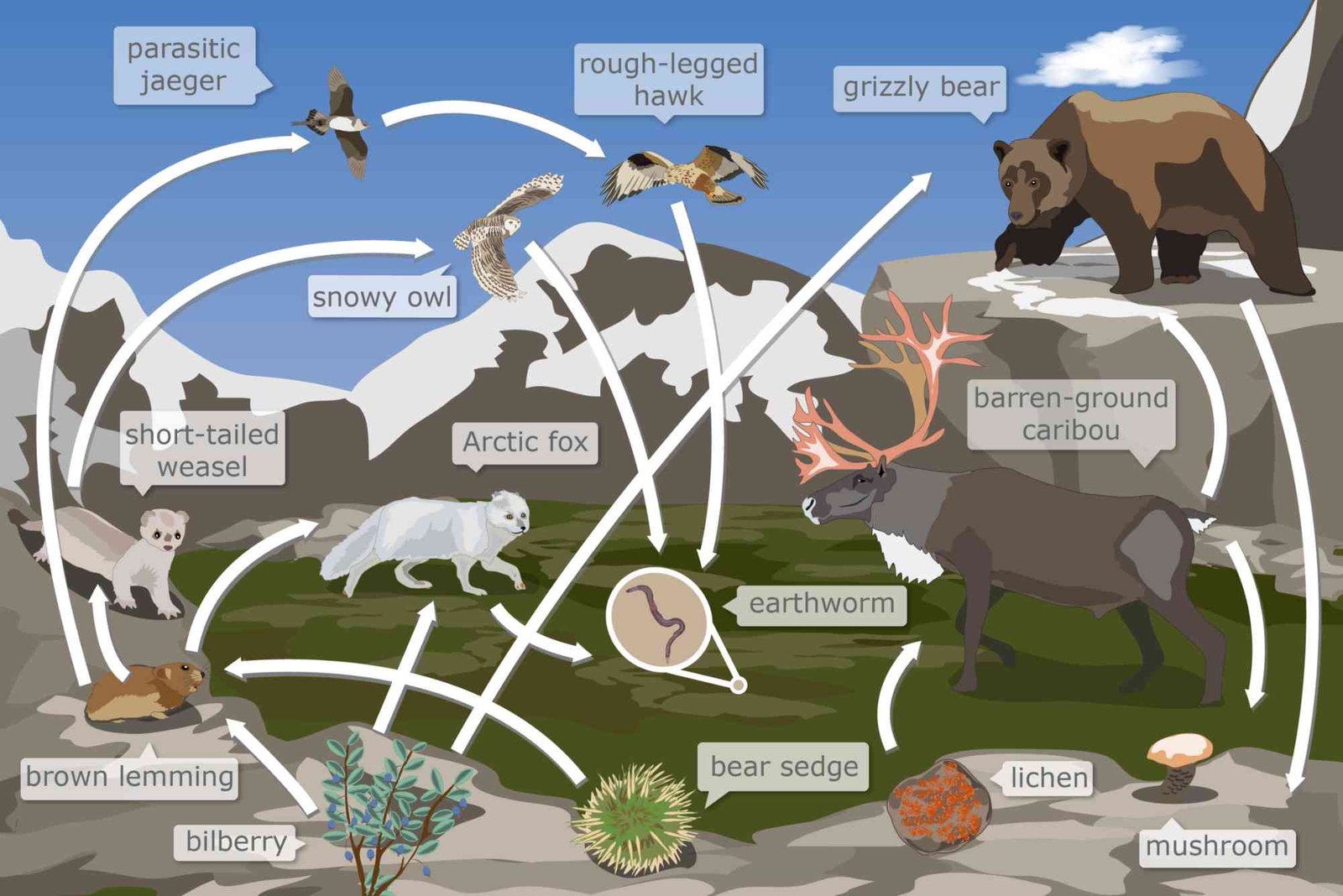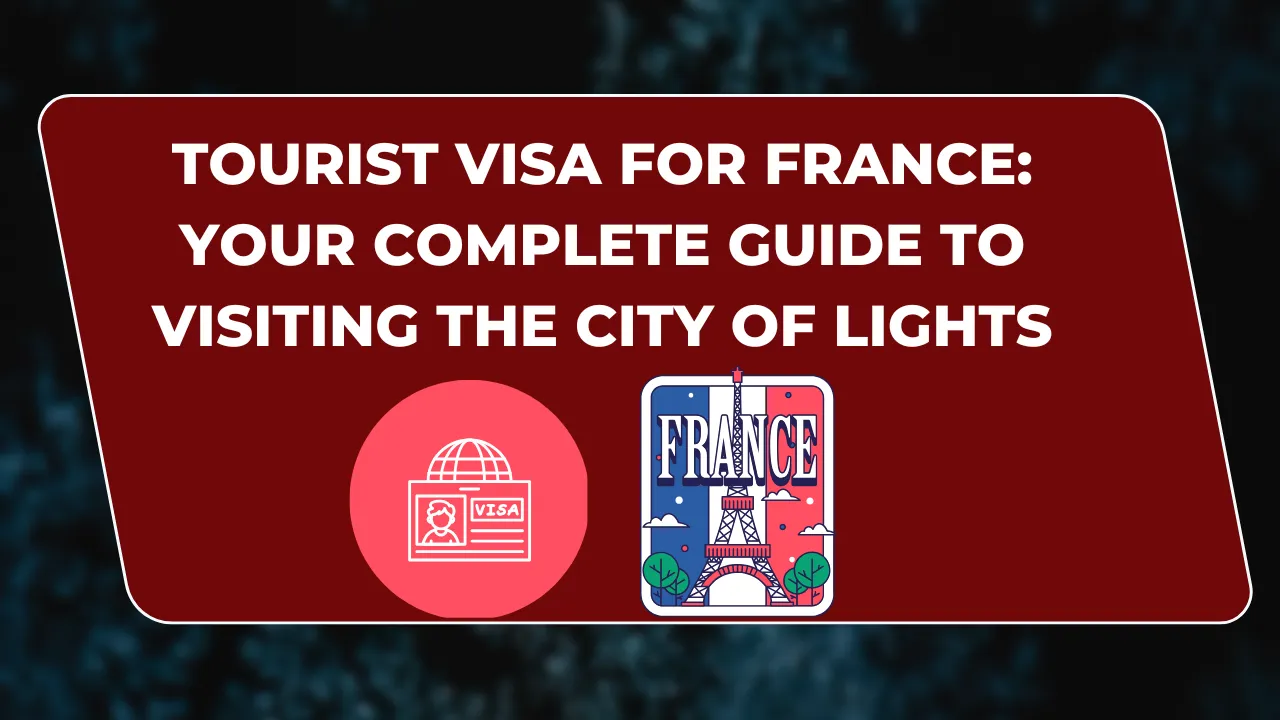Understanding Food Chains and Food Webs
Food chains and food webs are fundamental concepts in ecology that explain how energy flows through ecosystems. They help us understand the relationships between different organisms and how each one relies on the other for survival.
What is a Food Chain?
A food chain is a linear sequence that shows how energy is transferred from one organism to another. It begins with a producer, usually a plant or algae, which captures energy from the sun. Then, herbivores (primary consumers) eat the producers, followed by carnivores (secondary consumers), and so on.
Example of a Food Chain:
Grass (Producer) → 2. Grasshopper (Primary Consumer) → 3. Frog (Secondary Consumer) → 4. Snake (Tertiary Consumer) → 5. Hawk (Apex Predator)
What is a Food Web?
A food web is a more complex network of interconnected food chains. It illustrates how multiple organisms in an ecosystem interact with one another, showing that many animals eat more than one type of food and are part of several food chains.
Example of a Food Web:
- Grass → Grasshopper → Frog → Snake
- Grass → Rabbit → Fox
- Berries → Bird → Hawk
Key Differences Between Food Chains and Food Webs
Structure: A food chain is linear, while a food web is interconnected and more complex.
Ecological Representation: Food chains represent a single pathway, while food webs show multiple pathways in an ecosystem.
Ecosystem Health: Food webs provide a more accurate representation of how energy and nutrients flow in an ecosystem, showing the interdependence of organisms.
Importance of Food Chains and Food Webs
Food chains and webs are essential for maintaining the balance of an ecosystem. 13.4 Food Chains And Food Webs Answers They:
- Help explain the flow of energy and nutrients.
- Show how species depend on each other for survival.
- Provide insights into how disruptions to one part of the ecosystem can affect others.
Types of Organisms in Food Chains and Webs
Producers (Autotrophs): These are typically plants or algae that produce energy through photosynthesis.
Consumers (Heterotrophs): These organisms depend on other organisms for food. They are categorized as:
- Primary Consumers (herbivores)
- Secondary Consumers (carnivores)
- Tertiary Consumers (top predators)
Decomposers: These organisms, like bacteria and fungi, break down dead material, returning nutrients to the soil and completing the cycle.
Examples of Food Chains and Webs in Different Ecosystems
- Terrestrial Ecosystem (Land): A simple example would be grass → rabbit → fox.
- Aquatic Ecosystem (Water): Phytoplankton → zooplankton → small fish → large fish.
How Do Disruptions Affect Food Chains and Webs?
Changes such as climate change, pollution, or the introduction of invasive species can have significant effects on food chains and webs. For example, if a species at the base of a food chain is wiped out, the entire chain can collapse, affecting higher trophic levels.
FAQs about Food Chains and Food Webs
Q1: What is the main difference between a food chain and a food web?
A food chain is a simple, linear pathway of energy flow, while a food web is a complex network of interrelated food chains.
Q2: Why are decomposers important in food webs?
Decomposers break down dead organisms, recycling nutrients back into the ecosystem, which is vital for maintaining the balance of the web.
Q3: Can a food web exist without producers?
No, producers are essential as they provide the energy needed for all other organisms in the food web.
Q4: How does energy flow in a food chain?
Energy flows from the sun to producers, then to consumers, and eventually to decomposers.
This article provides a clear understanding of food chains and food webs, explaining their structure, function, and significance in ecological systems. The interconnectedness of species is essential to the stability of ecosystems, and recognizing this can help us better protect the natural world.




